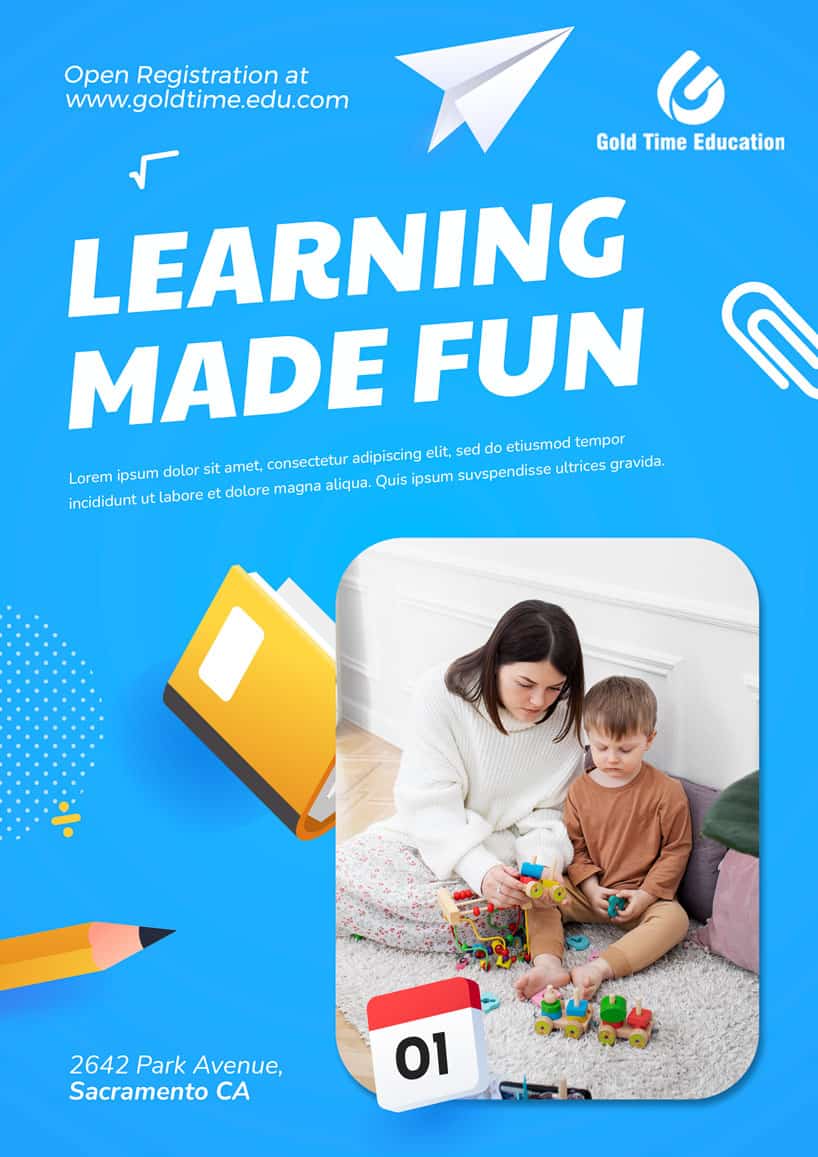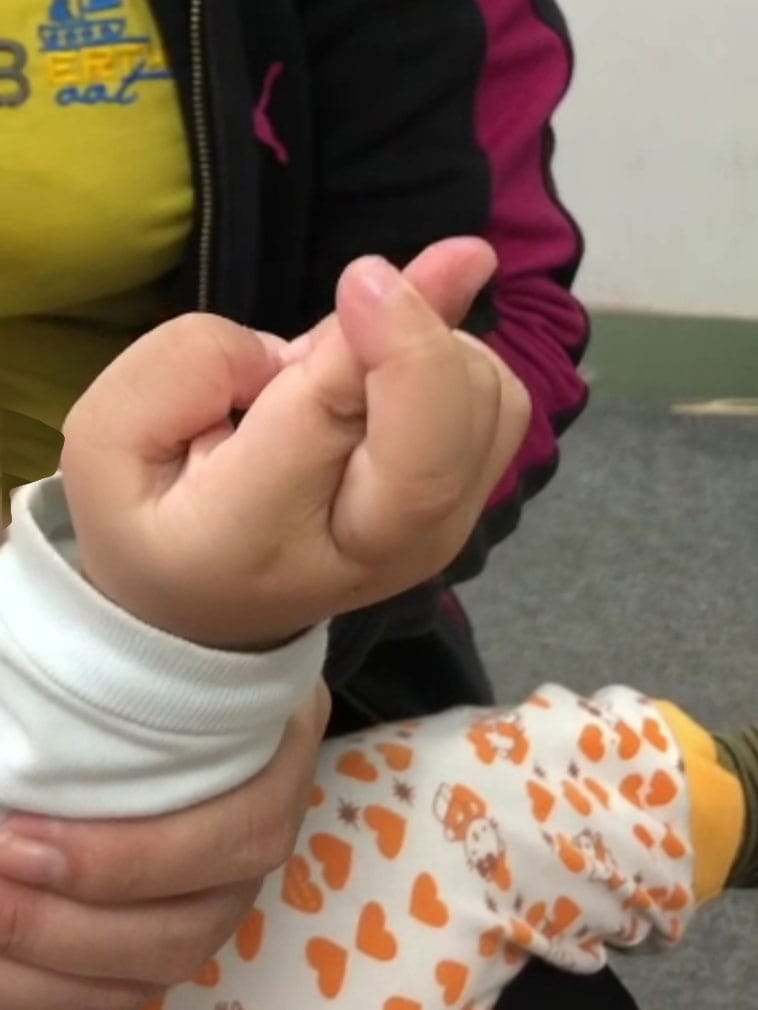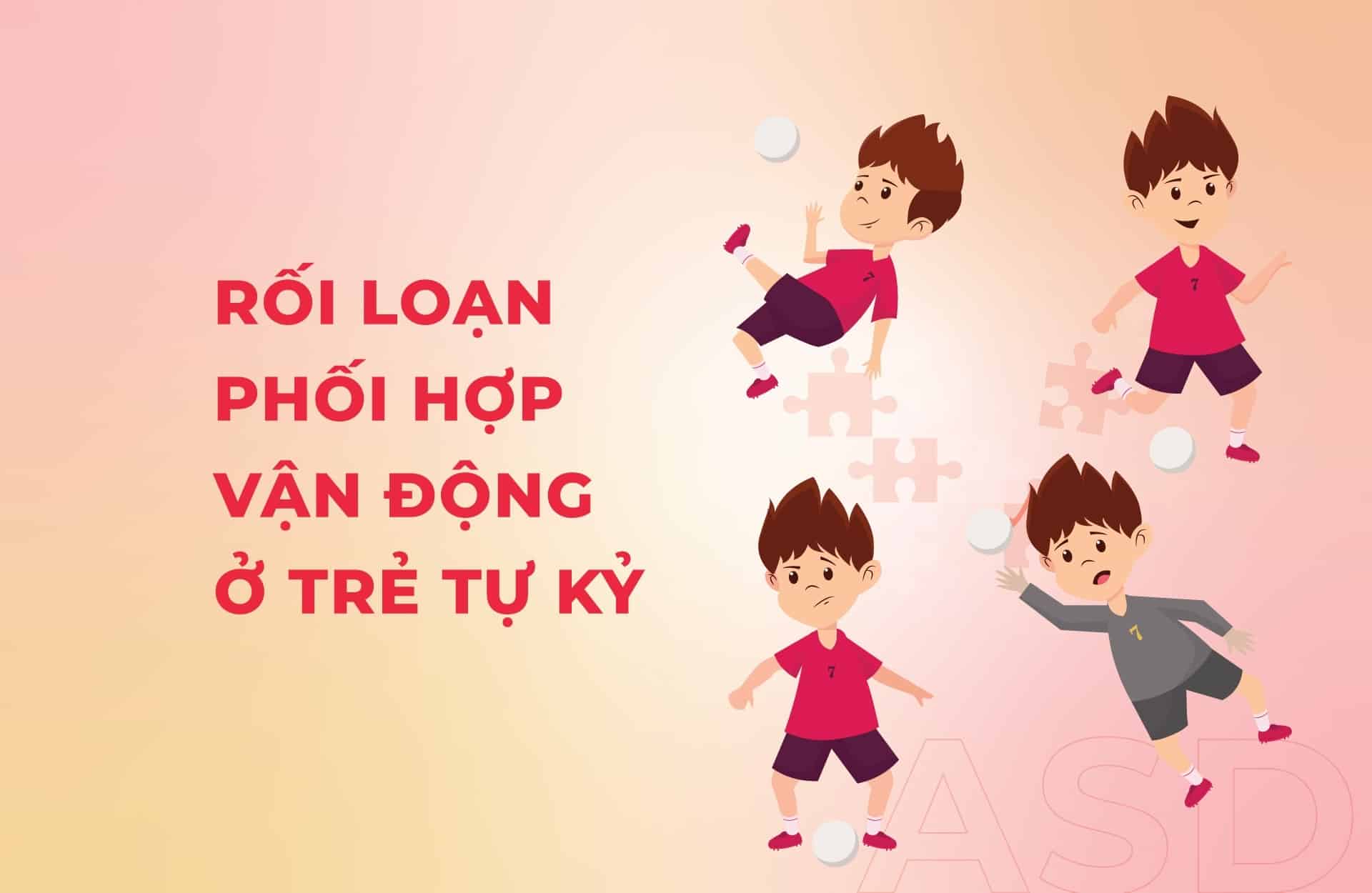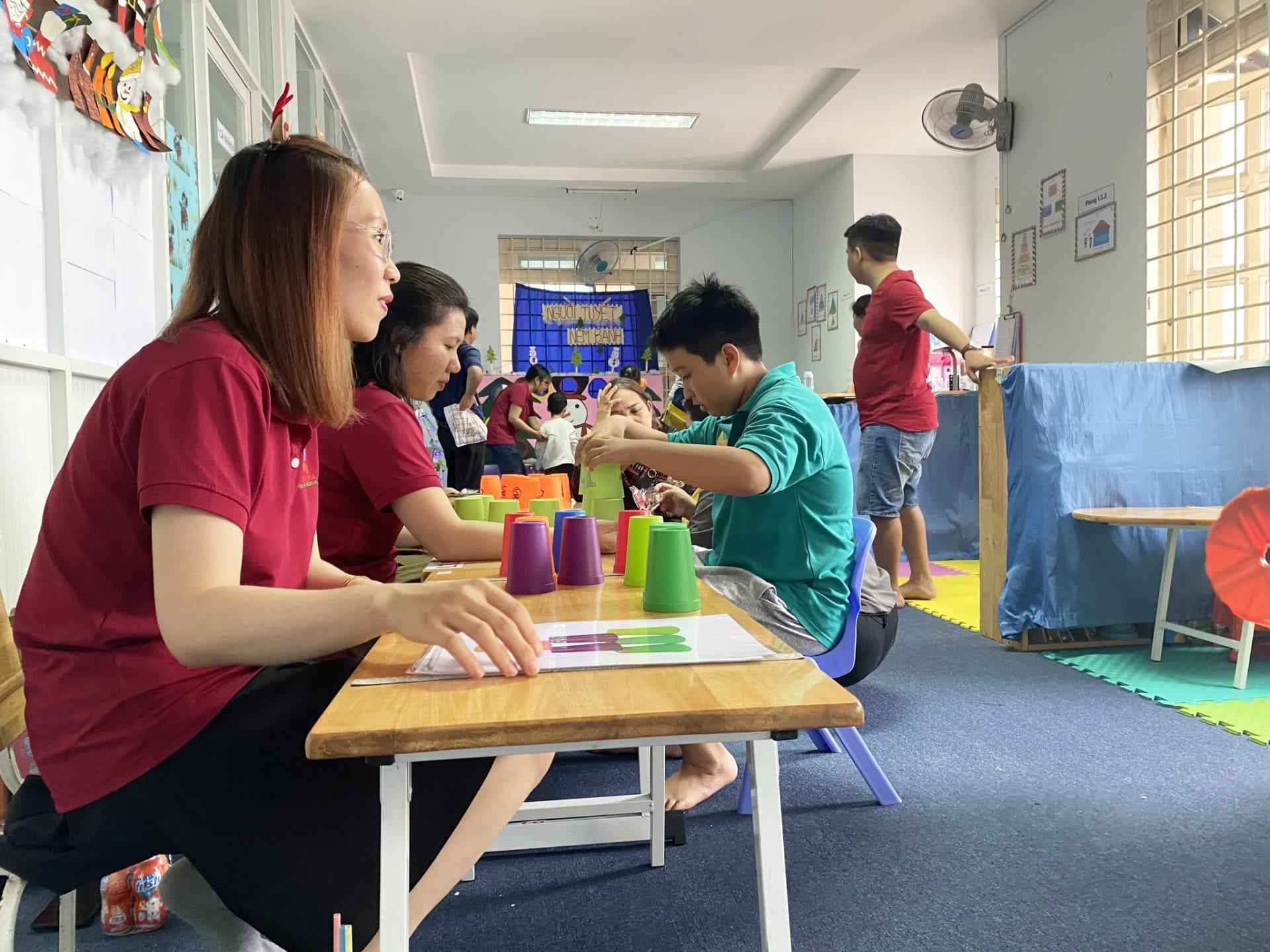Dr. Le Cong Thien from the Mental Health Institute, Bach Mai Hospital, stated that autism spectrum disorder (ASD) is a developmental disability for which, to date, there is no medication or specific method evaluated as capable of completely curing.
However, there are several treatment methods and interventions that can help patients become more independent, integrate into the community, engage in education and work, and improve their quality of life.
According to Dr. Le Cong Thien, ASD is a term used to describe a developmental disorder characterized by differences in communication and social interaction, with individuals with ASD often exhibiting restricted and repetitive interests or behavioral patterns.
Research by Jon Baio and colleagues in 2014 showed that the prevalence of ASD in the general population is 1 in 59 children, more common in males than females, with a male-to-female ratio ranging from 4-5:1. In Vietnam, according to a report by Vu Ha in 2012 at the National Children’s Hospital, the number of diagnosed autistic children has been increasing over the years, with 450 children in 2008, 1,792 children in 2010, and 1,968 children in 2011.
Autism spectrum disorder is a developmental disability for which, to date, there is no medication or specific method evaluated as capable of completely curing.
However, Dr. Le Cong Thien mentioned that there are some treatment methods and interventions that can help patients become more independent, integrate into the community, engage in education and work, and improve their quality of life.
The effectiveness of these treatment interventions depends on the timing of intervention, with earlier interventions being more effective, and the severity of the disorder.

Here are 8 intervention methods for children with autism spectrum disorder (ASD):
1. Behavior-based approaches:
Applied Behavior Analysis (ABA) is one of the most widely used options for both adults and children. It involves a range of techniques designed to encourage positive behaviors through the use of a system of rewards.
2. Developmental approaches:
Language therapy, speech: helps improve a child’s understanding and use of language, and communication through the use of signs, gestures, images, or electronic communication devices.
Occupational therapy: teaches skills to help children live as independently as possible. Skills may include dressing, eating, bathing, and relating to others. Occupational therapy may also include: Sensory integration therapy: children with ASD may have sensory processing issues such as visual, auditory, or olfactory sensitivity, based on the theory that some sensory inputs that are amplified can make it difficult for children to learn and exhibit negative behavior, this therapy helps balance the child’s response to sensory stimuli.
Physical therapy: may help improve physical skills, motor skills.
3. Educational methods:
Implemented in classroom settings, currently widely used methods such as the TEACCH method are based on the idea that children with ASD thrive on consistency and visual learning. It provides teachers with ways to adjust classroom structure and improve learning outcomes and other results.
4. Social relationship-based approaches: focus on improving social skills and building emotional relationships.
Developmental, Individual Differences, Relationship-based (DIR) Model, also known as “Floortime,” encourages parents and therapists to follow the individual’s preferences to expand communication opportunities.
Relationship Development Intervention (RDI) involves activities that increase motivation, interests, and the ability to engage in shared social interactions.
Social stories provide simple descriptions of what might happen in a social situation.
Social Skills Groups provide opportunities for individuals with ASD to practice social skills in an organized environment.
5. Pharmacological methods:
Used to control, reduce certain symptoms such as aggressive behavior, self-harm, anxiety, obsessive-compulsive disorder, or co-occurring disorders such as attention deficit hyperactivity disorder (ADHD).
6. Psychological approaches:
Psychological approaches can help individuals with ASD cope with anxiety, depression, and other mental health issues. Cognitive Behavioral Therapy (CBT) helps children understand the relationship between emotions, thoughts, and behavior, helps identify thoughts and emotions that trigger negative behavior. CBT is particularly beneficial in helping children control anxiety, better recognize others’ emotions, and cope better in social situations.
7. Alternative treatments:
May include chiropractic care, animal therapy, art therapy, mindfulness, or relaxation therapy. Individuals and families should discuss and agree before starting.
8. Brain plasticity interventions, gene therapy, stem cell therapy are currently under research.








